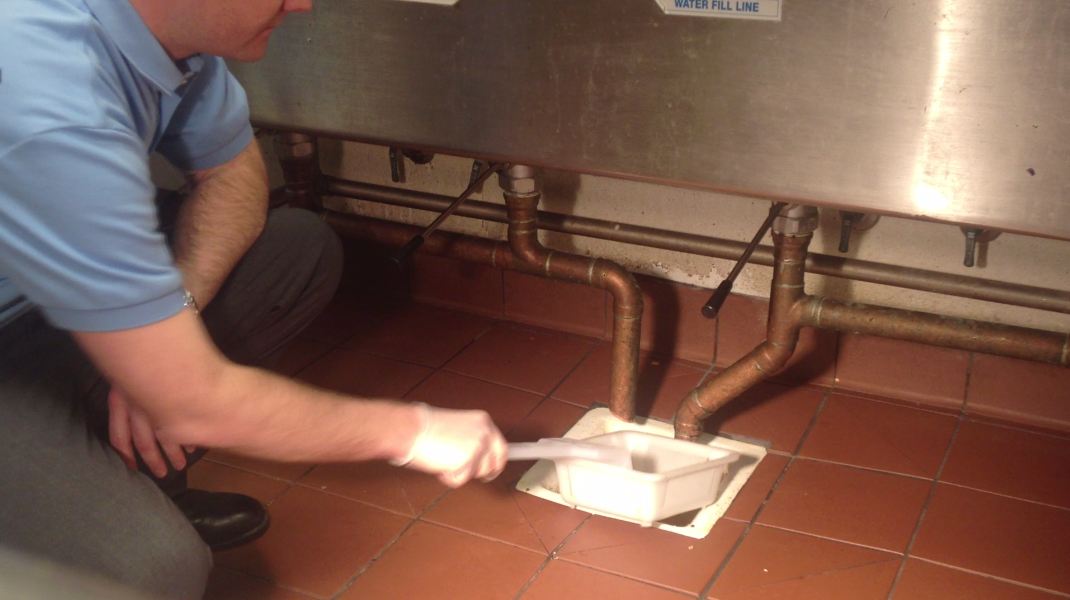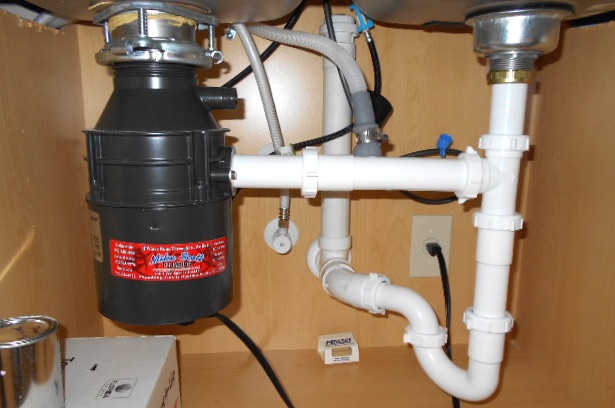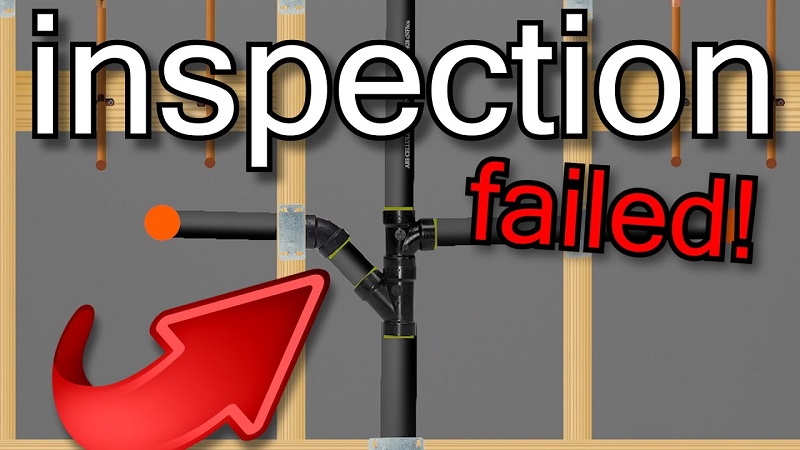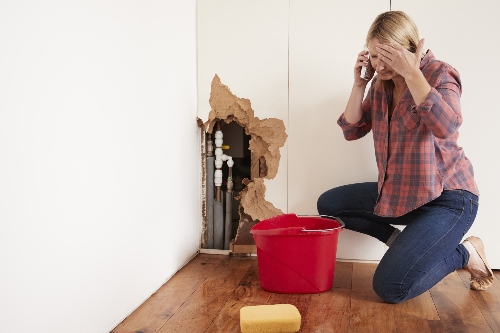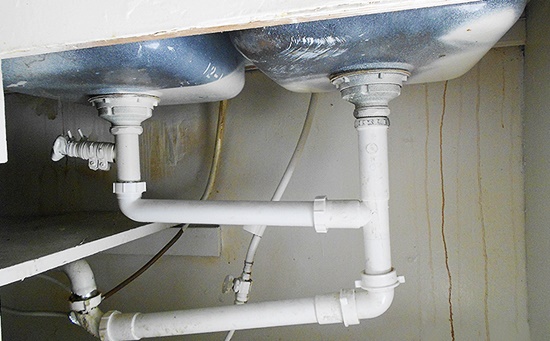When it comes to kitchen sink drains, there are a lot of codes and regulations that need to be followed in order to ensure safe and proper installation. These codes are in place to protect the health and well-being of individuals and to maintain the integrity of the plumbing system. In this article, we will discuss the top 10 main plumbing codes for kitchen sink drains, including the International Plumbing Code, Uniform Plumbing Code, and more.Introduction
The International Plumbing Code (IPC) is a comprehensive set of regulations that is used by many countries around the world. It covers all aspects of plumbing, including kitchen sink drains. According to the IPC, kitchen sink drains must be installed with the proper slope to ensure proper drainage and prevent any potential clogs or backups. The code also specifies the minimum size of the drain pipe and the type of material that should be used for the drain.International Plumbing Code (IPC) for Kitchen Sink Drain
The Uniform Plumbing Code (UPC) is another widely used set of regulations for plumbing systems. It is developed and maintained by the International Association of Plumbing and Mechanical Officials (IAPMO). According to the UPC, kitchen sink drains must be equipped with a trap to prevent sewer gases from entering the home. The trap must also be vented to ensure proper drainage and prevent any potential odors.Uniform Plumbing Code (UPC) for Kitchen Sink Drain
The National Standard Plumbing Code (NSPC) is developed and maintained by the National Association of Plumbing-Heating-Cooling Contractors (NAPHCC). This code covers all aspects of plumbing, including kitchen sink drains. According to the NSPC, kitchen sink drains must be installed with a minimum slope of 1/4 inch per foot to ensure proper drainage. The code also specifies the maximum distance between the kitchen sink and the main drain.National Standard Plumbing Code (NSPC) for Kitchen Sink Drain
In addition to the international and national plumbing codes, there may also be local codes that govern the installation of kitchen sink drains. These codes can vary depending on the location and may include additional requirements or restrictions. It is important to consult with your local plumbing authority to ensure compliance with all relevant codes.Local Plumbing Code for Kitchen Sink Drain
The residential plumbing code is specifically designed for homes and covers all aspects of plumbing, including kitchen sink drains. According to this code, kitchen sink drains must be equipped with a cleanout, which is a removable cap or plug that provides access to the drain for cleaning or clearing clogs. The code also specifies the maximum length of horizontal drain pipes and the minimum distance between the sink and the vent.Residential Plumbing Code for Kitchen Sink Drain
The commercial plumbing code is designed for larger buildings and commercial establishments. It includes more stringent requirements for plumbing systems, including kitchen sink drains. According to this code, kitchen sink drains must be equipped with a grease trap to prevent any potential clogs or backups. The code also specifies the minimum size of the drain pipe and the type of material that should be used for the drain.Commercial Plumbing Code for Kitchen Sink Drain
Aside from the specific codes mentioned above, there are also general plumbing code requirements that apply to kitchen sink drains. These include proper slope, venting, and size of the drain pipe. Additionally, all plumbing fixtures must be properly connected to the main plumbing system and must not cause any cross-contamination between different water sources.Plumbing Code Requirements for Kitchen Sink Drain
Before a kitchen sink drain can be used, it must pass a plumbing code inspection. This is usually conducted by a licensed plumbing inspector who will check to ensure that the drain is installed according to all relevant codes and regulations. If any violations are found, they must be addressed before the drain can be approved for use.Plumbing Code Inspections for Kitchen Sink Drain
In the event that a kitchen sink drain is found to be in violation of any plumbing codes, it must be corrected immediately. Failure to comply with plumbing codes may result in fines or penalties and can also pose a risk to the health and safety of individuals. It is important to always follow plumbing codes and regulations to ensure the proper functioning of your kitchen sink drain.Plumbing Code Violations for Kitchen Sink Drain
Why is a Plumbing Code Important for Your Kitchen Sink Drain?

Ensuring Safety and Efficiency
 When it comes to designing and building a house, every detail matters. This is especially true for the plumbing system, including the kitchen sink drain. Not only does it need to function properly, but it also needs to be safe for everyday use. This is where the plumbing code comes in.
The plumbing code sets the standards and regulations for the installation and maintenance of plumbing systems in residential and commercial buildings. It is a set of rules that ensures safety, efficiency, and durability.
This is why following the plumbing code for your kitchen sink drain is crucial.
When it comes to designing and building a house, every detail matters. This is especially true for the plumbing system, including the kitchen sink drain. Not only does it need to function properly, but it also needs to be safe for everyday use. This is where the plumbing code comes in.
The plumbing code sets the standards and regulations for the installation and maintenance of plumbing systems in residential and commercial buildings. It is a set of rules that ensures safety, efficiency, and durability.
This is why following the plumbing code for your kitchen sink drain is crucial.
Preventing Costly Repairs
 One of the main reasons to follow the plumbing code for your kitchen sink drain is to avoid costly repairs and replacements in the future.
By following the code, you can ensure that your plumbing system is installed correctly and will function properly for years to come.
This will save you from unexpected expenses and headaches down the line.
Moreover, the plumbing code also includes guidelines for proper maintenance of your kitchen sink drain. By regularly maintaining your plumbing system, you can prevent any potential issues and prolong its lifespan. This can save you from having to replace your kitchen sink drain prematurely.
One of the main reasons to follow the plumbing code for your kitchen sink drain is to avoid costly repairs and replacements in the future.
By following the code, you can ensure that your plumbing system is installed correctly and will function properly for years to come.
This will save you from unexpected expenses and headaches down the line.
Moreover, the plumbing code also includes guidelines for proper maintenance of your kitchen sink drain. By regularly maintaining your plumbing system, you can prevent any potential issues and prolong its lifespan. This can save you from having to replace your kitchen sink drain prematurely.
Complying with Building Regulations
 In addition to safety and efficiency, the plumbing code also ensures that your home complies with building regulations.
When you follow the plumbing code for your kitchen sink drain, you are adhering to the standards set by your local government or building authority.
This is important for the overall safety and functionality of your home, as well as for obtaining necessary building permits.
In addition to safety and efficiency, the plumbing code also ensures that your home complies with building regulations.
When you follow the plumbing code for your kitchen sink drain, you are adhering to the standards set by your local government or building authority.
This is important for the overall safety and functionality of your home, as well as for obtaining necessary building permits.
Conclusion
 In conclusion, the plumbing code for your kitchen sink drain is an essential aspect of house design.
It not only ensures safety and efficiency, but also prevents costly repairs and helps you comply with building regulations.
It is important to consult with a professional plumber and follow the plumbing code guidelines to ensure a well-designed and functioning plumbing system in your home.
In conclusion, the plumbing code for your kitchen sink drain is an essential aspect of house design.
It not only ensures safety and efficiency, but also prevents costly repairs and helps you comply with building regulations.
It is important to consult with a professional plumber and follow the plumbing code guidelines to ensure a well-designed and functioning plumbing system in your home.

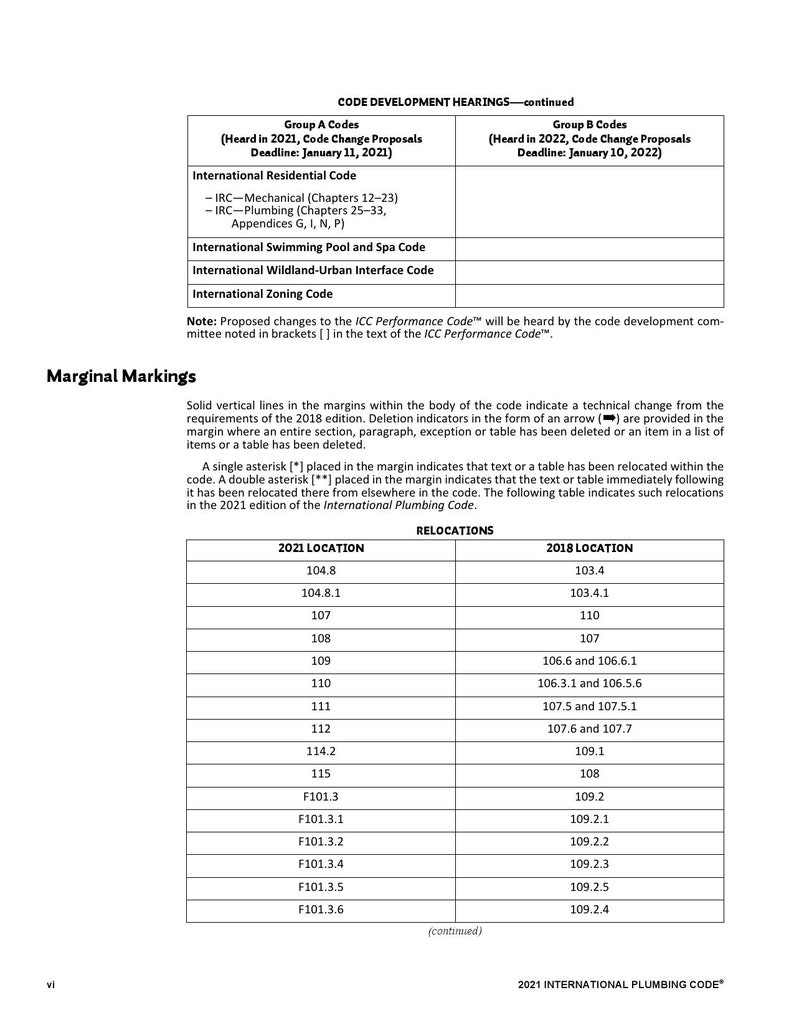
:max_bytes(150000):strip_icc()/venting-sink-diagram-f8f9759a-1047c08369d24101b00c8340ba048950.jpg)

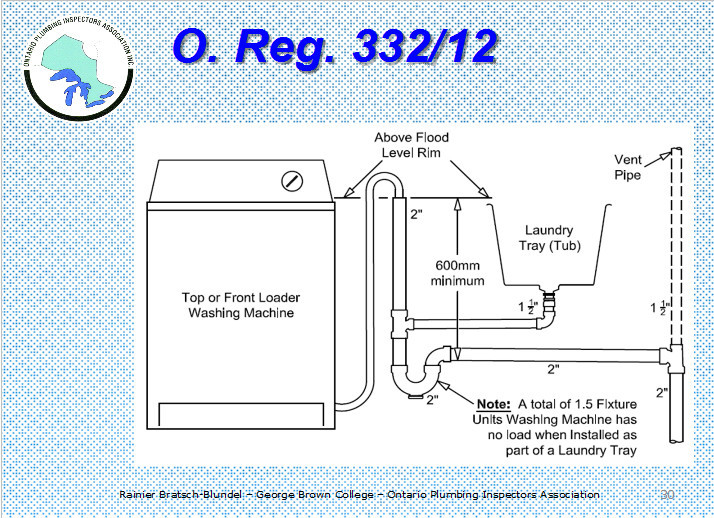
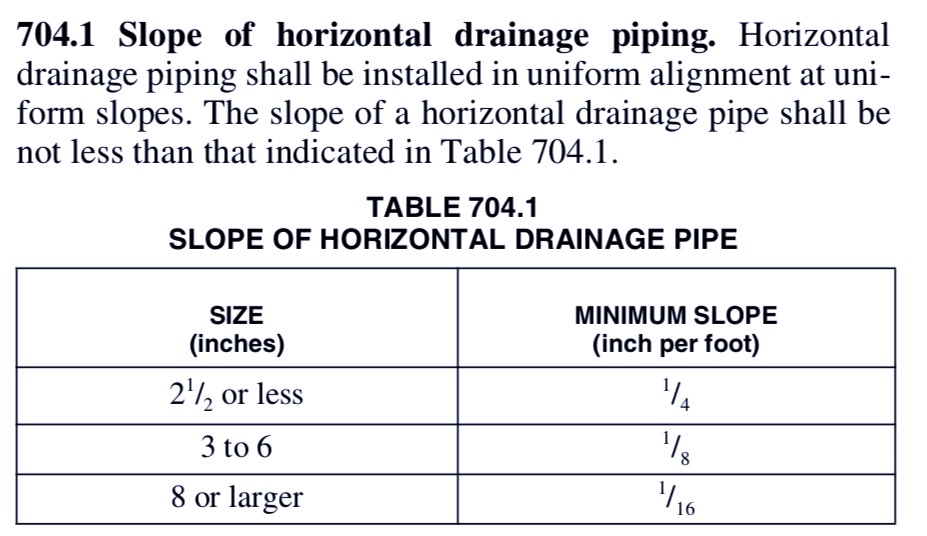


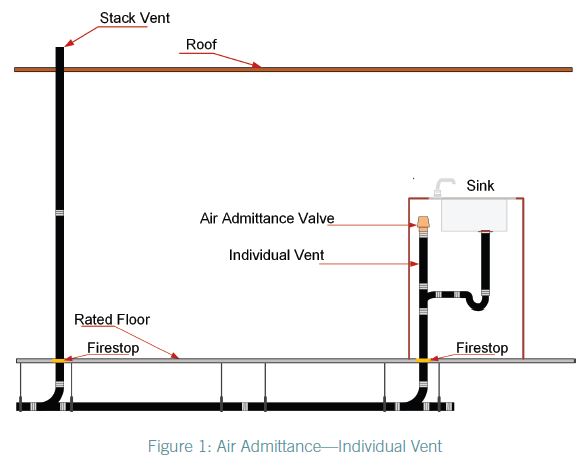







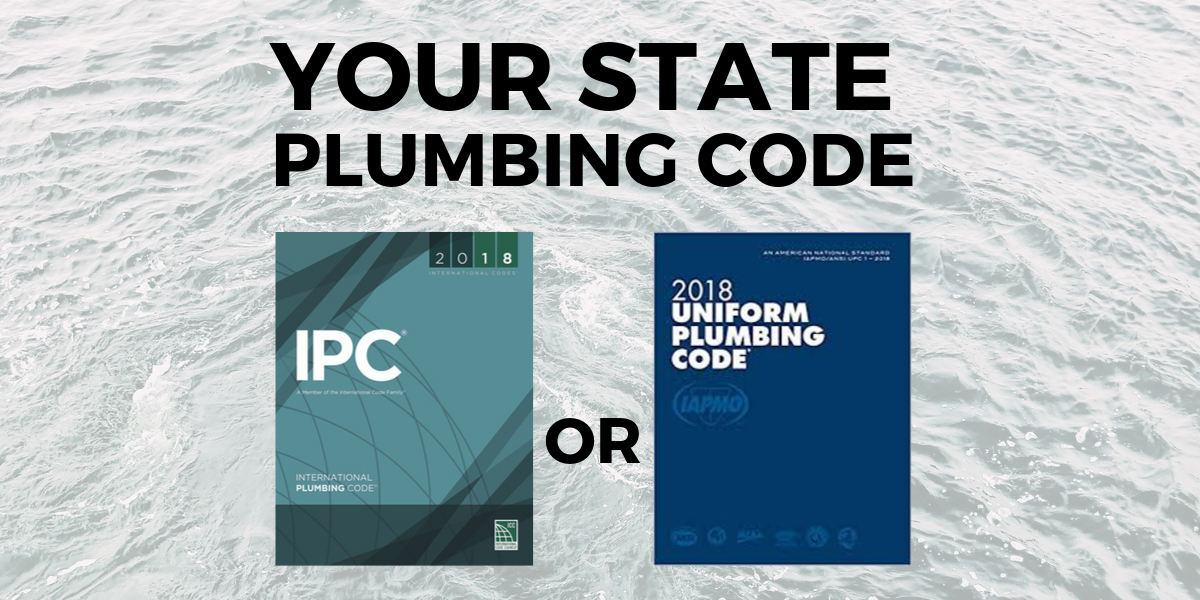

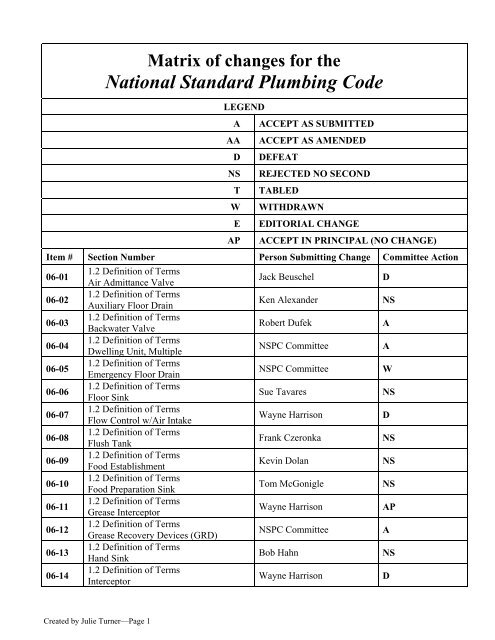



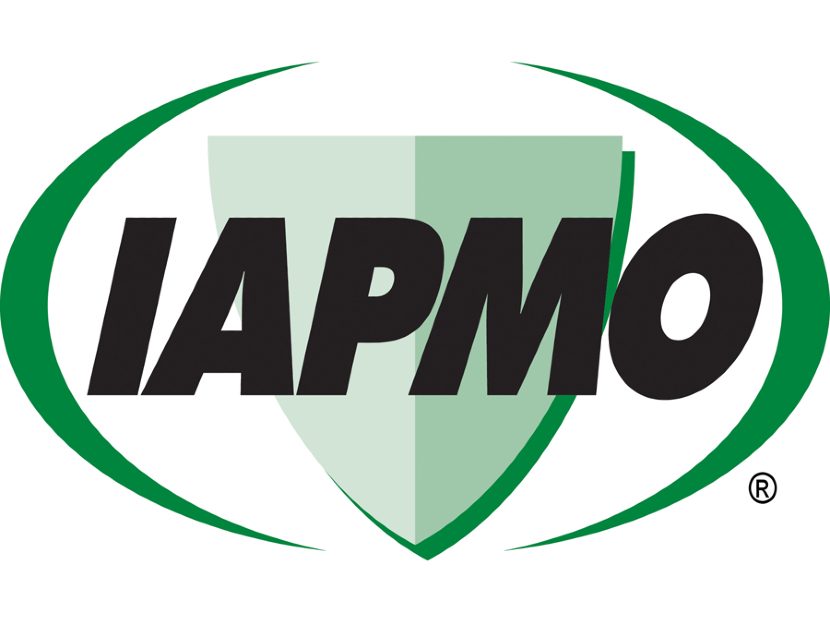


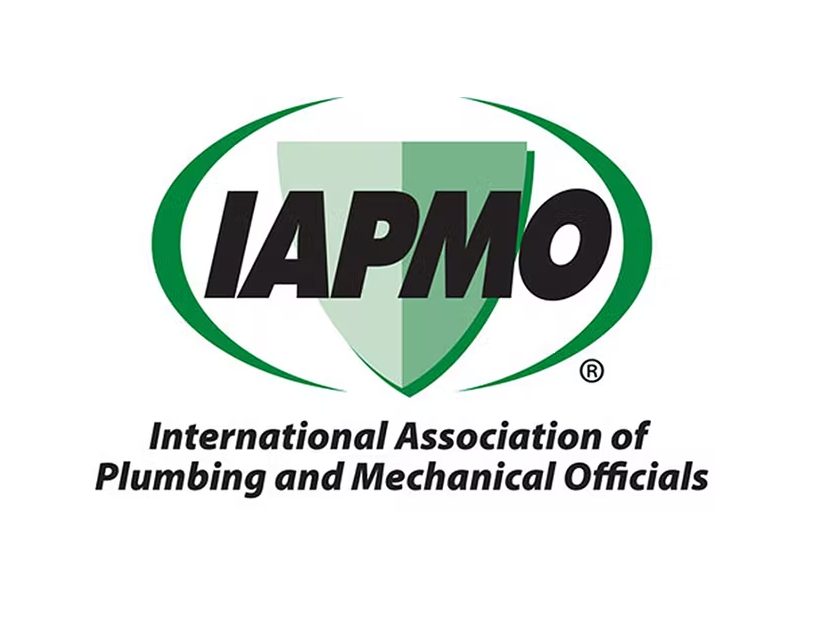
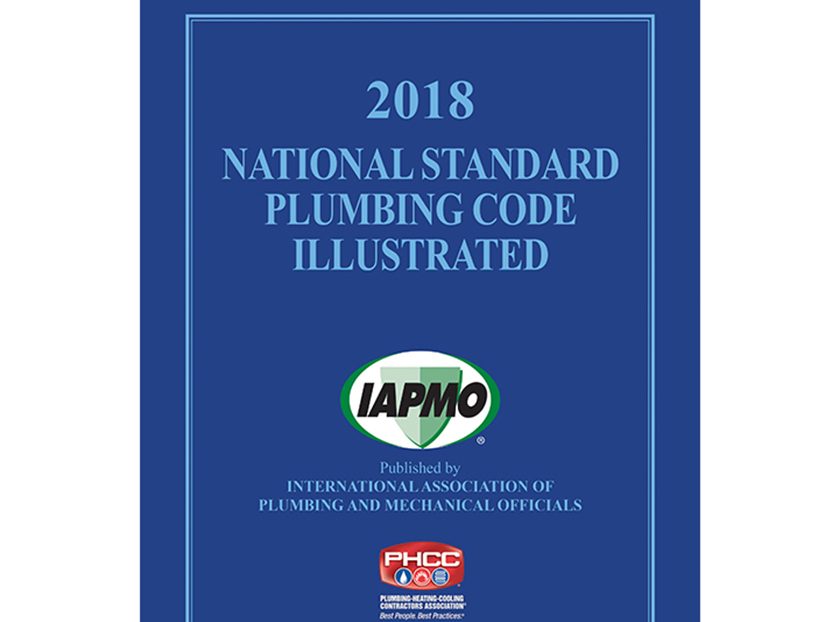
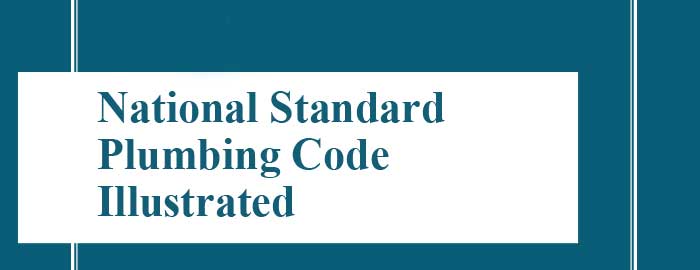




:max_bytes(150000):strip_icc()/how-to-install-a-sink-drain-2718789-hero-24e898006ed94c9593a2a268b57989a3.jpg)









